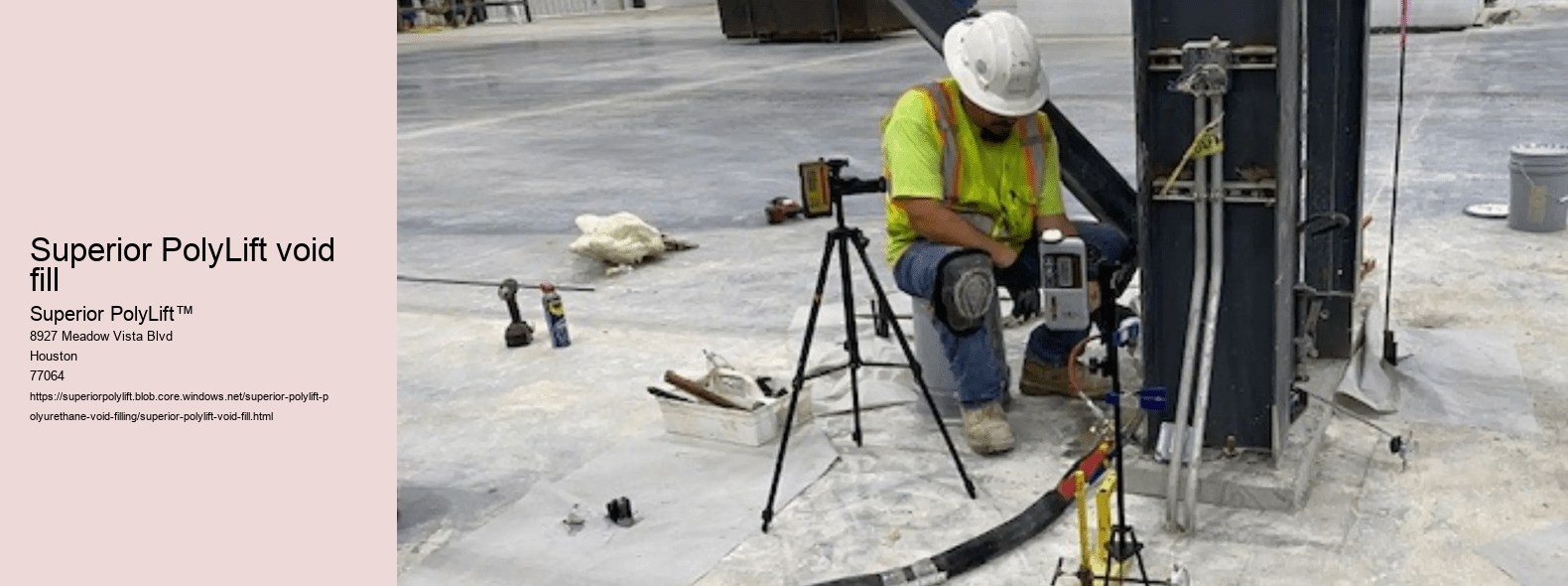Superior PolyLift void fill is a specialized construction technique that has revolutionized the way we address foundational issues in structures. This essay delves into the intricacies of this process, examining how it functions, its advantages over traditional methods, and its diverse applications.
At its core, Superior PolyLift void fill involves the injection of a two-part polyurethane compound beneath concrete slabs or other structures needing support or stabilization. The process begins with strategically drilling small holes through the affected area. These holes serve as conduits for the polyurethane mixture, which is then carefully pumped under pressure into the voids or unstable soil beneath.
Once injected, the chemical reaction between the two components of the polyurethane causes it to expand rapidly. This expansion fills any existing voids and exerts upward pressure on the slab or structure above. As it cures, it hardens into a strong yet lightweight structural support that rivals or surpasses conventional materials like cement grout.
One of the significant advantages of Superior PolyLift void fill is its speed and efficiency. Traditional mudjacking methods involve pumping a slurry of water, soil, and cement into voids — a process that can be messy and time-consuming. In contrast, polyurethane foam sets within minutes rather than hours or days; thus, disruption to property use is minimal.
Moreover, due to its expansive nature and ability to conform to irregular spaces, this method ensures thorough coverage within cavities below ground level. It's also waterproof once cured, which prevents future erosion from water infiltration—a common downfall with grout-based techniques that may absorb moisture leading to further weakening over time.
The versatility of Superior PolyLift extends beyond simple slab lifting. It’s also used in roadway repairs for highways suffering from subsidence issues; at airport runways where precision leveling is critical; around residential properties dealing with patio settlement or driveway cracks; in industrial settings requiring machinery base stabilization; and even in parks and recreational areas where uneven pathways pose trip hazards.
Environmental considerations are increasingly important in modern construction practices. Traditional methods often involve digging out large amounts of soil which can disrupt ecosystems and require extensive landscaping post-repair. With Superior PolyLift void fill's minimally invasive approach—coupled with its inert qualities post-curing—it stands as an eco-friendlier alternative by reducing waste production and preserving existing flora around repair sites.
From an economic perspective as well, this technology provides cost savings over time due not only to reduced labor requirements but also because it extends the life span of treated structures significantly compared to other repair methods prone to early deterioration.
In conclusion, Superior PolyLift void fill represents a leap forward in civil engineering solutions for foundation repairs and ground stabilization problems. Its rapid deployment minimizes downtime while offering robust long-term results across various applications—making it an essential tool for contemporary infrastructure maintenance that prioritizes durability without compromising environmental stewardship or financial prudence.
